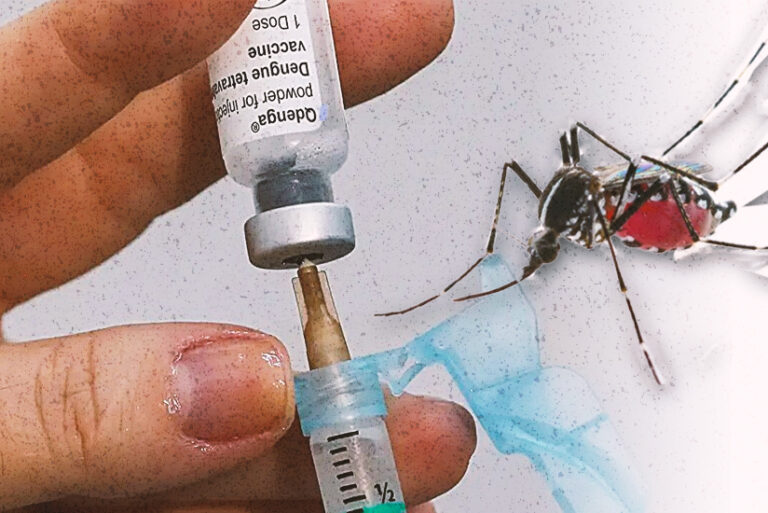By Henrylito D. Tacio
Every two minutes, a woman dies during pregnancy or childbirth, according to the latest estimates released in a new report by United Nations (UN) agencies.
“While pregnancy should be a time of immense hope and a positive experience for all women, it is tragically still a shockingly dangerous experience for millions around the world who lack access to high quality, respectful health care,” said Dr. Tedros Adhanom Ghebreyesus, Director-General of the World Health Organization (WHO).
The report, Trends in maternal mortality, tracks maternal deaths nationally, regionally and globally from 2000 to 2020. It shows there were an estimated 287,000 maternal deaths worldwide in 2020.
Maternal death or maternal mortality is when a pregnant or birthing person dies during pregnancy or up to 42 days after the end of pregnancy from health problems related to pregnancy.
“For millions of families, the miracle of childbirth is marred by the tragedy of maternal deaths,” said Executive Director Catherine Russell of the United Nations Children’s Fund (UNICEF). “No mother should have to fear for her life while bringing a baby into the world, especially when the knowledge and tools to treat common complications exist.”
Equity in healthcare, she added, “gives every mother, no matter who they are or where they are, a fair chance at a safe delivery and a healthy future with their family.”
Women die as a result of complications during and following pregnancy and childbirth. Most of these complications develop during pregnancy and most are preventable and treatable, the WHO says. Other complications may exist before pregnancy but are worsened during pregnancy, especially if not managed as part of the woman’s care.
According to the United Nations health agency, the major complications that account for nearly 75% of all maternal deaths are: severe bleeding (mostly bleeding after childbirth), infections (usually after childbirth), high blood pressure during pregnancy (pre-eclampsia and eclampsia), complications from delivery, and unsafe abortion.
The remaining 25% are caused by or associated with infections such as malaria or related to chronic conditions like cardiac diseases or diabetes.
“All women need access to high quality care in pregnancy, and during and after childbirth,” the WHO suggests. “Maternal health and newborn health are closely linked. It is particularly important that all births are attended by skilled health professionals, as timely management and treatment can make the difference between life and death for the mother as well as for the baby.”
Severe bleeding after birth, for instance, can kill a healthy woman within hours if she is unattended. The WHO says injecting oxytocics immediately after childbirth effectively reduces the risk of bleeding.
Infection after childbirth, on the other hand, can be eliminated if good hygiene is practiced and if early signs of infection are recognized and treated in a timely manner.
Pre-eclampsia should be detected and appropriately managed before the onset of convulsions (eclampsia) and other life-threatening complications. Administering drugs – such as magnesium sulfate for pre-eclampsia – can lower a woman’s risk of developing eclampsia.
“It is unacceptable that so many women continue to die needlessly in pregnancy and childbirth,” said Executive Director Dr. Natalia Kanem of the United Nations Population Fund (UNFPA).
According to the UN health agency, the main factors that prevent women from receiving or seeking care during pregnancy and childbirth are: poverty, distance to facilities, lack of information, inadequate and poor quality services, and cultural beliefs and practices.
In the Philippines, 2,400 women and girls die every year from preventable causes related to pregnancy and childbirth, according to UNFPA. The Philippine Statistics Authority said an average of four to five Filipino women die every day while giving birth.
The complications could have been prevented with timely and appropriate medical interventions, but for several reasons, Filipino women fail to seek or receive pregnancy and childbirth-related medical attention.
The State of Philippine Report cites three phases of delay. The first phase occurs in deciding to seek medical care. Ideally, once a woman finds out that she is pregnant, she decides to consult either an obstetrician-gynecologist, a midwife, or a qualified health worker. In many cases, however, women either delay or forego this decision because of several socioeconomic and cultural factors, and also because of difficult access to adequate medical facilities.
The second phase is in reaching the appropriate health care facility. Distance from the health facilities, geographical factors like rough terrain, lack of transportation support, and delay in referral are all factors that contribute to this delay. Difficulty in reaching the health facility discourages many women from having a facility-based delivery, making them opt for home deliveries instead.
The third phase is the delay in receiving the adequate and quality maternal health care in the facility. This delay is brought about by lack of properly trained staff, essential medicines and equipment, and late or inappropriate medical diagnosis and/or procedure. These factors basically relate to the inability of the health care facility to provide the necessary package of maternal health services at the appropriate level of care.
“Reducing maternal mortality remains one of the most pressing global health challenges,” said John Wilmoth, Director of the Population Division of the Department of Economic and Social Affairs. “Ending preventable maternal deaths and providing universal access to quality maternal health care require sustained national and international efforts and unwavering commitments, particularly for the most vulnerable populations. It is our collective responsibility to ensure that every mother, everywhere, survives childbirth, so that she and her children can thrive.” – ###








